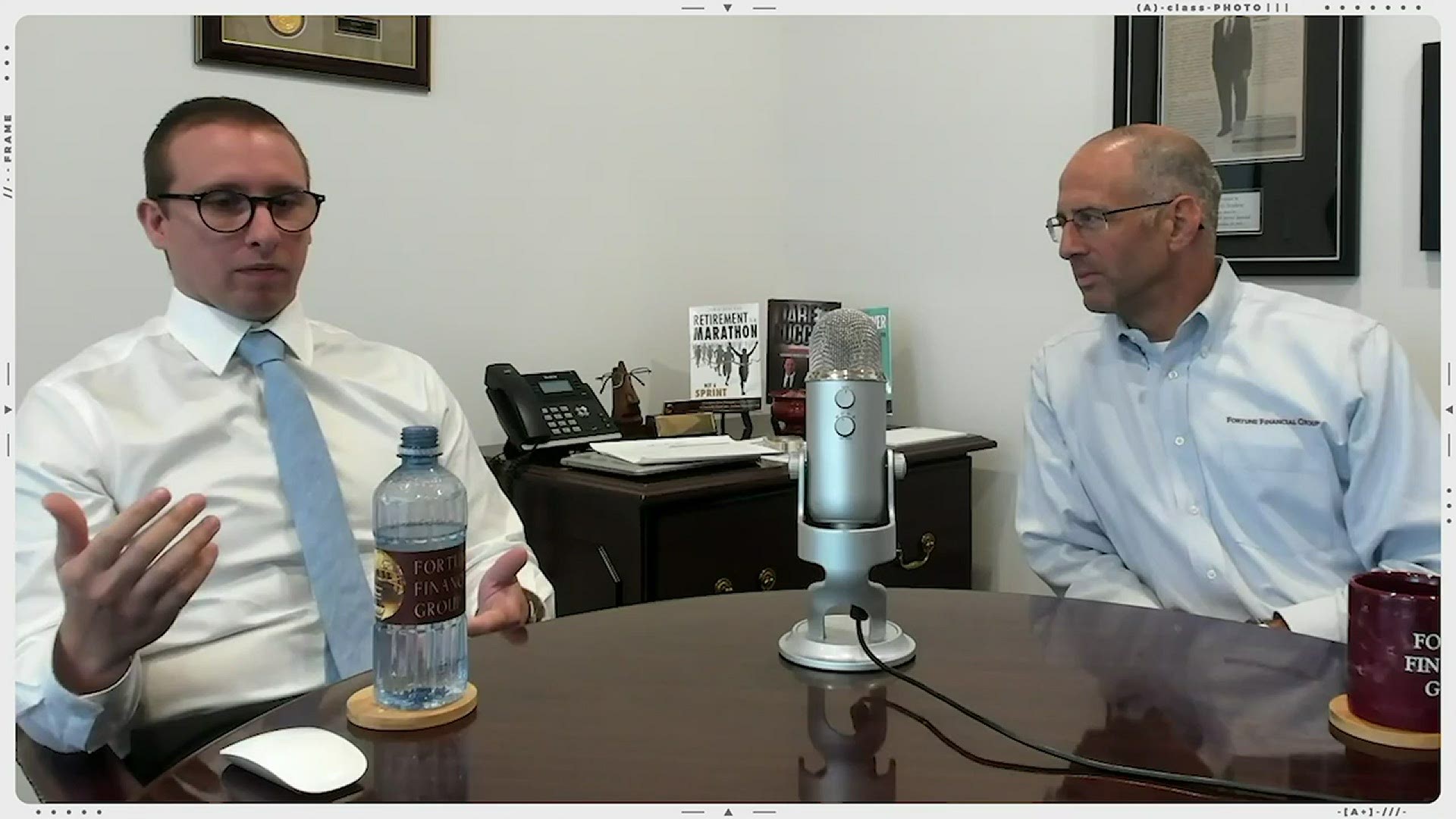Whether you change jobs or retire, a 401(k) plan is a terrible thing to waste. In fact, what you do with a 401(k) should be part of a larger plan for your financial future. As a general rule, you have four options.1
Option One: Leave Your Money in the 401(k)
Many employer plans allow former employees to leave their money where it is. The two things you should consider are fees and investment options. The fees should be low relative to other options, and you want to make sure you have access to a wide array of investment choices, as you may want to invest more conservatively as you grow older. By retaining money in the 401(k), you continue to benefit from the advantages of tax-deferred growth.
Option Two: Roll the Money Into Your New Employer’s Retirement Plan
This makes it easy to consolidate and manage your retirement account so you don’t have old 401(k)s out there that you forget to monitor. However, first verify that the new plan accepts rollovers and find out whether there is a waiting period for transfers. Second, consider the new plan’s fee structure and investment options. Two advantages to rolling assets to your new employer’s plan are the ability to tap them for a loan if needed, and to possibly delay taking required minimum distributions (RMDs) if you keep working for that employer past age 72.
Option Three: Roll the Money Over to an IRA
If you’d like to break free from the confines of a 401(k), you can always transfer those assets to a traditional IRA. In doing so, you’ll be able to maintain the tax-advantaged status of the account. You’ll also gain the flexibility to choose from a wealth of investment options, and you may find lower investment and management fees to boot.
One of the vehicles you can choose with an IRA rollover is an annuity, which enables you to create a guaranteed (by the issuing insurance company) stream of income during retirement. However, because annuities are designed to be long-term products, be sure to check out the fees, expenses and restrictions of the annuity prior to purchasing.
Be sure to speak with a tax advisor to understand any potential tax consequences of rolling a 401(k) into an IRA.
Option Four: Withdraw Your Money
One clearinghouse reported that, in 2017, more than 30% of workers cashed out their 401(k) plans when they changed jobs.2 This may not be your best option if you’re younger than age 59 ½ because that distribution may be subject to a 10% early withdrawal penalty in addition to income taxes. You should consider consulting with a tax advisor before cashing out your 401(k) to fully understand the tax liability.
Neither our firm nor its agents or representatives may give tax advice. Be sure to speak with a qualified professional about your unique situation.
1. T. Rowe Price. July 2, 2020. “4 Options for Your Old 401(k).”
https://www.troweprice.com/personal-investing/planning-and-research/t-rowe-price-insights/retirement-and-planning/retirement-savings/four-options-to-manage-an-old-401-k-.html. Accessed July 20, 2020.
2. Dana Dratch. The Seattle Times. Aug. 12, 2019. “8 things to know about your 401(k) when changing jobs.” https://www.seattletimes.com/explore/careers/8-things-to-know-about-your-401k-when-changing-jobs/. Accessed Aug. 16, 2019.
Text Pull for Dollars & Sense article
Two advantages to rolling assets to your new employer’s plan are the ability to tap them for a loan if needed, and to possibly delay taking required minimum distributions (RMDs) if you keep working for that employer past age 72.



